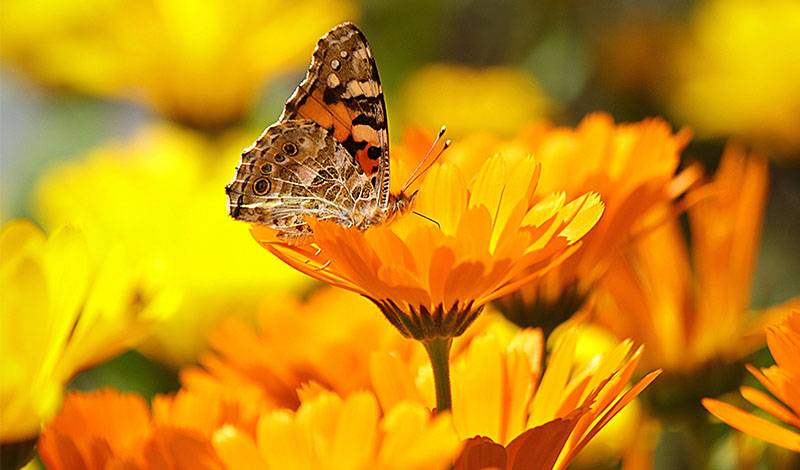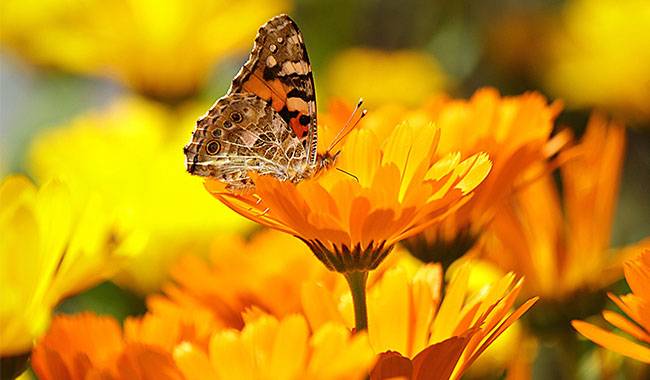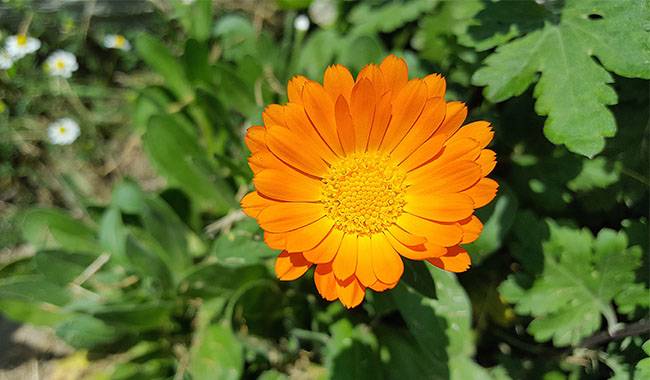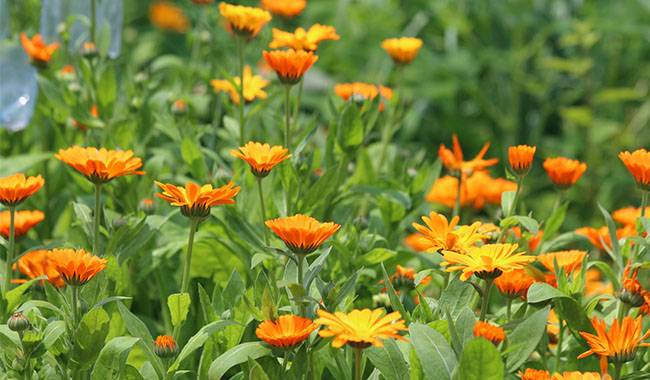
Calendula is a well-known herb and exhilarating ornamental garden plant. It has been used in parts, ceremonies, and as a dye and food plant for centuries. It is also generally known as Calendula or Potted Calendula. Calendula is an annual herbaceous plant with a chrysanthemum unique to members of the Chrysanthemum family, with bright orange or yellow terminal flower heads and light green leaves. Calendula is native to southern Europe, Egypt, the Mediterranean, and from the Canary Islands to Iran. At this stage, it has been naturalized in most parts of the world and is commonly planted in gardens.
Calendula’s name comes from the Latin calendar, which refers to its long flowering season-in some places, it is said that it blooms basically every month of the calendar year. The species name “officinalis” refers to the official medicinal species used as its genus in pharmacists and pharmacopeias in history.
| Botanical Name | Calendula officinalis |
| Common Name | Calendula, pot marigold, common marigold, Scotch marigold |
| Plant Type | Herbaceous perennial flower, usually grown as an annual |
| Mature Size | 1 to 2 feet tall, with a similar spread |
| Sun Exposure | Full sunlight to local shady places |
| Soil Type | Average, well-drained soil rich in organic material |
| Soil pH | 6.0 to 7.0, but can tolerate a wide range of soil pH values. |
| Flowering Time | May to early autumn; if the old flowers are cut off, they will continue to bloom again. |
| Flower Color | Bright yellow to dark orange; milky white and pink are also available. |
| Hardiness Zones | 9 – 11, but it is generally planted in zones 2 to 11 as annual plants |
| Native Area | Unknown; may be the creation of a garden, not a primitive species. |
Calendula has many application areas, mainly including external use and internal use. Calendula contains many different antioxidants, mainly including lutein, lycopene, β-carotene, quercetin, rutin, and many other ingredients. One can also see that the application of such flower extracts or oils can also benefit the skin, nervous system, and mucous membranes in many ways. In experiments with plant extracts, it is theoretically believed that the ingredients in Calendula can also promote the development of collagen structures in the skin and mucous membranes, but more research is needed to verify such activities.
It is said that such plants can also stimulate the human immune system and have been used as ingredients in many cosmetics so far. Calendula’s flowers and leaves can also be dried until dried and stored for later use. In the vegetable garden, Calendula can also attract aphids away from valuable plants. Although Calendula plants have various uses, growing Calendula in flower gardens or herb gardens is the best use for such beautiful and moving plants. Calendula plants are frost-resistant and some are cold-resistant, which can enhance long-lasting color and beauty in flower beds or containers.
Calendula’s common name comes from the golden flower (Maria + gold = Calendula) that bloomed during the Virgin Mary in the Renaissance and was often used for cooking. Now, gardeners only plant these plants for the joy of little flowers and blooming habit. Although the varieties they are most familiar with are yellow and orange flowers, there will also be more subtle shades of pink and cream. Calendula is generally used for annual flower beds and container gardening.
Calendula was also used in ancient India. According to the basic principles of Ayurveda treatment, Calendula has energy-cooling properties and has a bitter and spicy taste. In traditional Chinese medicine, Calendula is considered to be energy neutral and dry and is used to support healthy skin. Traditionally, in the indigenous cultures of North America, Calendula was used to combat gastrointestinal upsets that sometimes occur. The traditional application method reflects our many modern applications of this plant.
People who are allergic to Compositae plants (such as aster, chamomile, or echinacea) should use Calendula with caution because allergic cross-reactions to Compositae plants are common. We recommend that you consult a qualified healthcare practitioner before using herbal products, especially during pregnancy, breastfeeding, or taking all medications.






